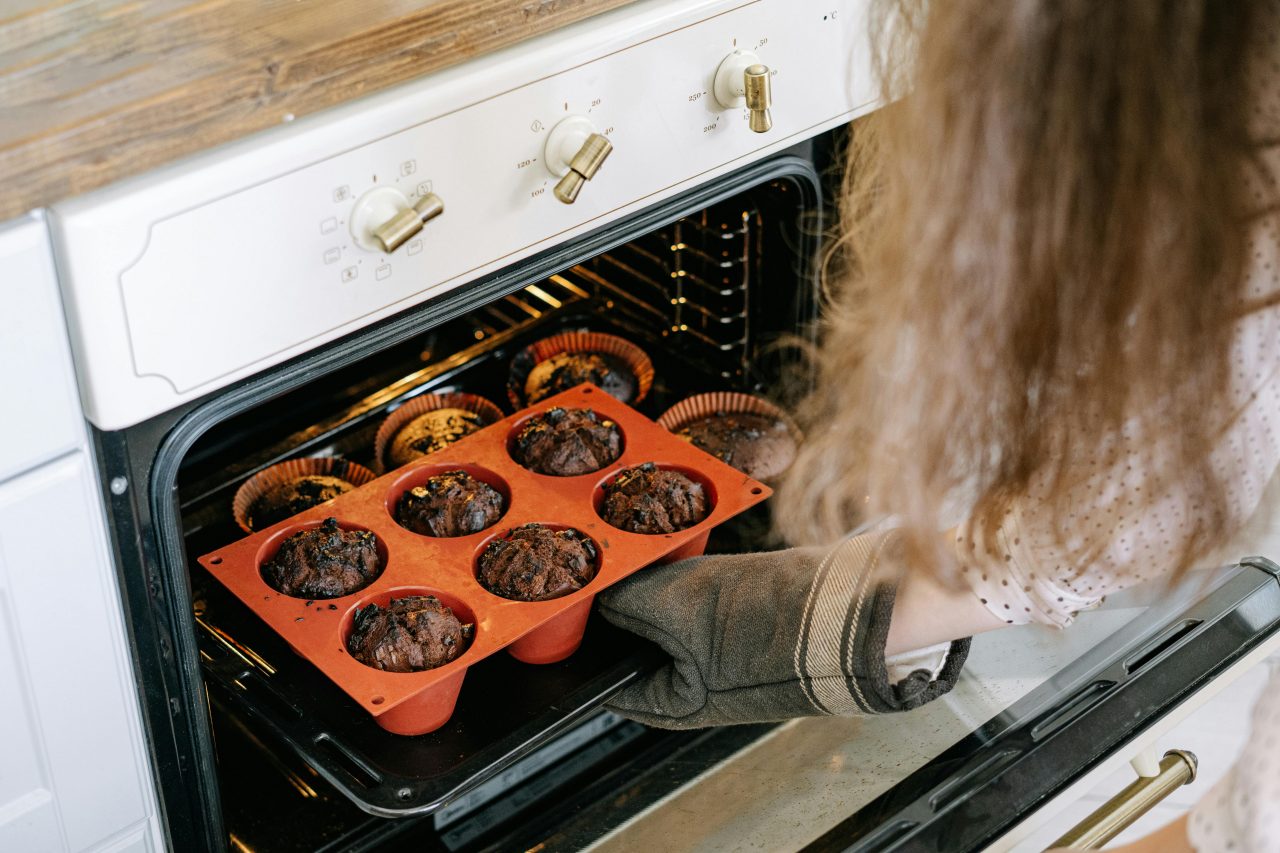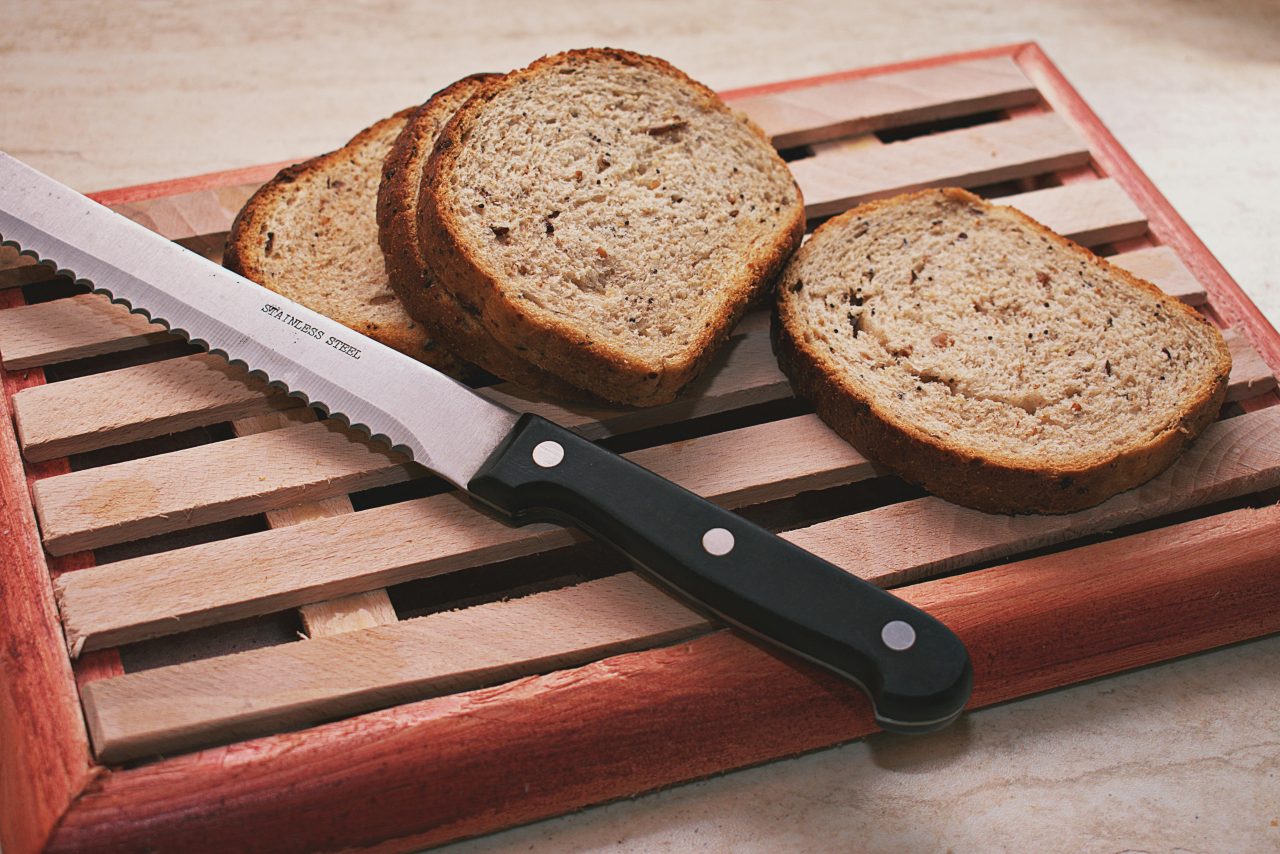Pastry Cooking Tips

Learning how to make low protein pastry is a great way to extend your cooking repertoire. Get creative in the kitchen and discover a new world of sweet and savoury dishes! The troubleshooting tips below will help you achieve pastry perfection every time.
The dietary management for PKU varies for each person so all information presented here is for guidance only. Your own dietitian and/or doctor will advise you on all aspects relating to management of PKU for you and your family.





